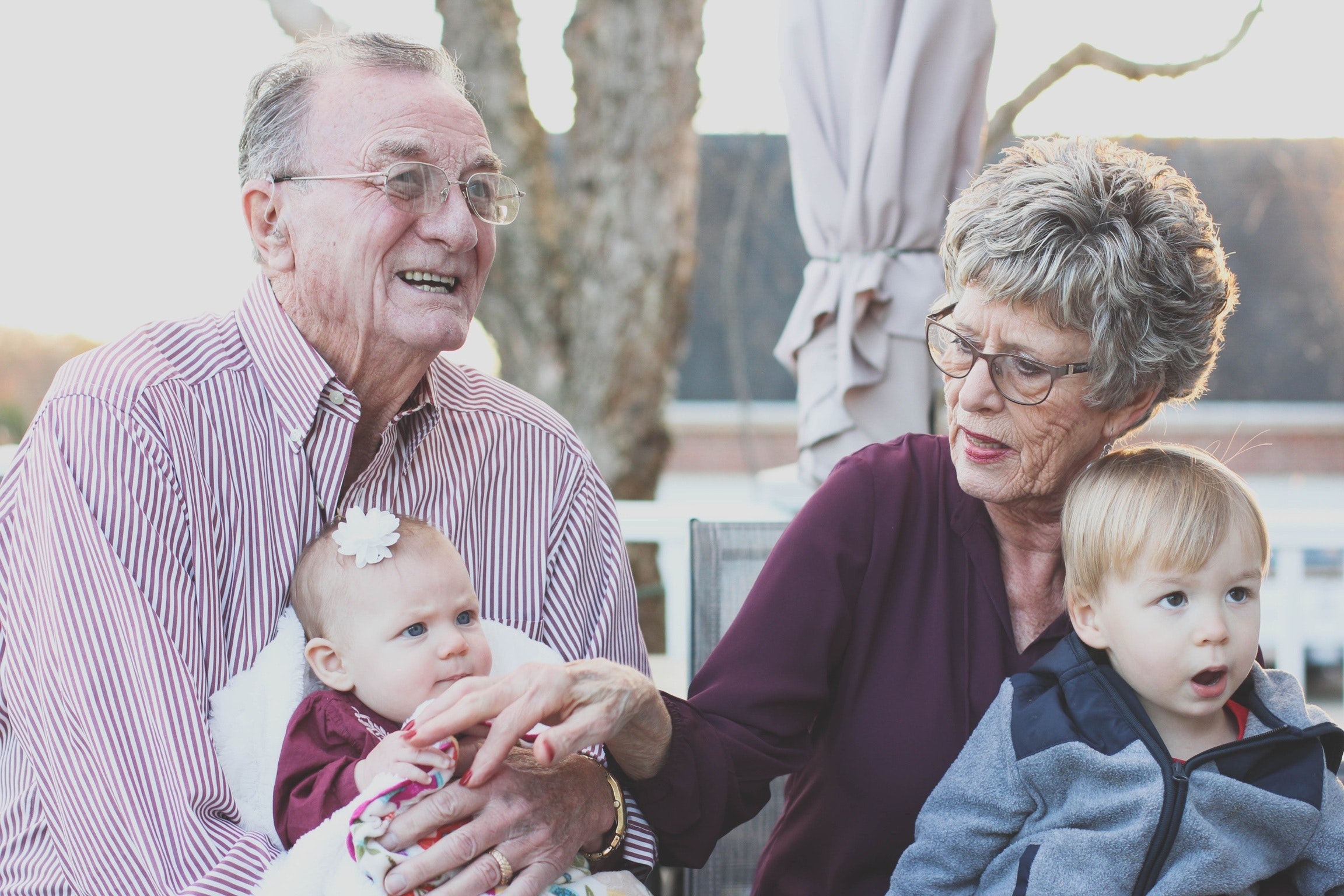Aging: What Nobody’s Talking About This Election
 This November’s election is important. Over the coming weeks, Colorado voters will choose their next representatives and weigh in on several consequential ballot measures. While this election has spurred important conversations about wages, family security, and state fiscal constraints, one topic has been notably absent — aging. We’ve heard few candid discussions about how our state can, and must, foster an environment where all Coloradans can thrive as they age. Over the past several years, Colorado — at both the local and state levels — has made progress towards creating healthy communities that allow people to age in the environment of their choice. This election, our voices will help determine whether this work will continue in the coming years.
This November’s election is important. Over the coming weeks, Colorado voters will choose their next representatives and weigh in on several consequential ballot measures. While this election has spurred important conversations about wages, family security, and state fiscal constraints, one topic has been notably absent — aging. We’ve heard few candid discussions about how our state can, and must, foster an environment where all Coloradans can thrive as they age. Over the past several years, Colorado — at both the local and state levels — has made progress towards creating healthy communities that allow people to age in the environment of their choice. This election, our voices will help determine whether this work will continue in the coming years.
Related: 2018 Colorado Ballot Guide: #VoteSmart With Bell Analysis & Recommendations
We’ve known for a long time our state’s population is aging and these changes “will affect virtually every Coloradan in profound ways.” Between 1990 and 2030, the number of Coloradans 65 and older is expected to grow by over 500,000, a 68 percent increase. While most of these adults want to age in their own community, many struggle in finding the resources to do so. Over 500,000 informal caregivers throughout Colorado provide important, unpaid, support to these individuals – much of which comes with physical, mental and economic costs for the caregiver. For those who can afford it, paid direct service workers can also provide home care assistance for older adults. However, the paid direct service workforce is already in short supply, a problem that is bound to worsen in the coming years, especially if wages remain low. In addition to the increased need for paid direct service workers, Colorado’s economy will be impacted by demographic shifts as approximately 1 million baby boomers retire from the workforce between 2012 and 2030. Each of the above-mentioned changes will have widespread impacts — on individual lives, the economic security of family caregivers, and our state’s economy and budget.
Related: Growth in Golden Year Caregiving
Despite these challenges, communities across Colorado already understand that when we actively engage older Coloradans and harness our creativity to solve complex issues, we become stronger and more resource rich. For example, Colorado Springs School District 11 hosts GrandFriends, an intergenerational program that places older adult volunteers in classrooms who need additional support. The Denver based organization Boomers Leading Change has already helped hundreds of adults aged 50 and older access community building volunteer opportunities. Additionally, the statewide nonprofit A Little Help continues to connect community volunteers to older adults who need “a little help” to remain in the communities of their choice. These are only three of the many successful initiatives our local communities have undertaken to both care for and benefit from the talents of our older adults. With continued support, these and other successful initiatives can continue to grow and benefit our communities for years to come.
Throughout the past several years, statewide leaders have played an important role in complementing and supporting local efforts to develop livable communities for Coloradans of all ages. In 2015, the legislature was pivotal in creating Colorado’s Strategic Action Planning Group on Aging, which released the state’s first Strategic Action Plan on Aging a year later. Governor Hickenlooper and his administration have already taken active steps to begin implementing this strategic plan. Earlier this year, Governor Hickenlooper crated a new, cabinet level Senior Advisor on Aging position. Additionally, this fall, the state announced a new initiative, Lifelong Colorado, to help connect local communities interested in furthering grassroots efforts, like the ones mentioned above. We should be proud of these accomplishments. They have made Colorado a national leader in providing long-term services and supports. However, there is still much work to be done, and we must capitalize on the momentum we’ve built over the past several years. This upcoming election will be important in shaping how our state and local communities support our older adults and all those who both care for and rely upon them for many years to come.
